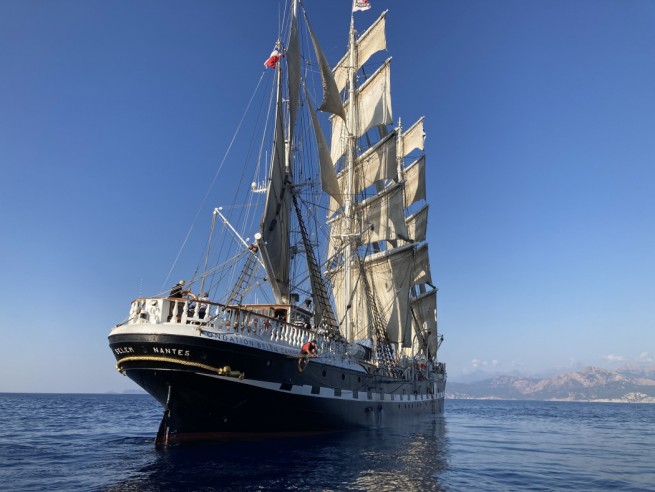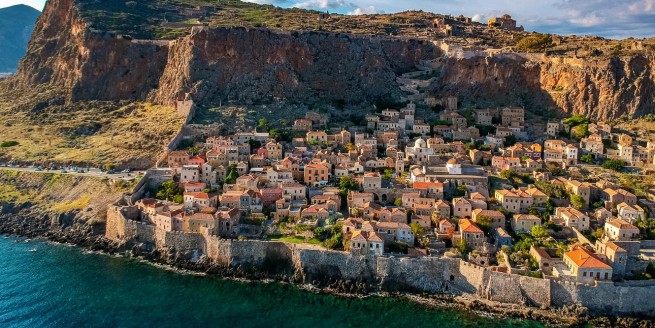The NATO report says that the development of the operation in Ukraine makes it difficult to achieve a ceasefire, which accelerates the process of strengthening Kyiv with the weapons systems it seeks.
During the North Atlantic Treaty Organization defense ministers’ meeting in Brussels on Thursday, a non-confidential document was made public, which at first caused great surprise and deep concern. “According to this report, a truce in Ukraine is unlikely in the short term,” said Claudio Tito, correspondent La Repubblica in Luxembourg.
There are two basic scenarios for the course of the war in the corresponding report. The first predicts a de facto truce in August, but is highly optimistic. Unlike the second scenario, which occupied the participants of the summit, we are talking about the continuation of the war at least until the end of 2022, and possibly the next. There are, of course, many variables (will the Russians succeed, for example, in encircling the Ukrainians in the Donbass?), an Italian journalist writes.
In fact, the report contains a wealth of information from the battlefield that supports the second, highly pessimistic scenario. The advance of the Russian troops, although stronger and outnumbered, ranges from 500 meters to one kilometer per day, the pace is not very fast, but “quite confident”, which is increasingly turning this campaign into a real trench war (following the example of the Western Front in the First world war). “Therefore, the West has confirmed that it will increase the supply of weapons,” Tito explained.
The fact that Kyiv will be getting more and more advanced and powerful weapons systems became clear during the summit, as almost everyone on the western front more or less agrees that only then can Ukrainians continue to resist Russian attacks.
But the likelihood that the war will continue until the end of the year and even next year is high due to the many difficulties that Russian troops have faced, especially with the supply of ammunition.
According to several reports, Putin’s army is using Soviet-era bullets and rockets as it runs out of modern precision-guided weapons, which will have even more devastating consequences, especially for civilians.
In addition, if a ceasefire agreement is not reached by the end of the summer, the Kremlin will have to announce at least partial mobilization in one form or another, and this will certainly have a significant impact on developments inside Russia.
Western allies of Ukraine continue to send weapons. These days, for example, 200 tanks from Poland and 400 armored tracked vehicles from the Netherlands and the USA are arriving in Kyiv.
“Germany is a big exception,” Claudio Tito said in the report. Why would he send the first (of only fourteen) self-propelled guns in ten days, and the anti-aircraft missiles that Berlin pledged to provide to Kyiv, would arrive in the war-torn country at least three months later?
The Germans at one point promised self-propelled anti-aircraft guns but took no action. At the same time, the German tank giant Rheinmetal has ready-made Marder armored vehicles and can supply Ukraine with used Leopard tanks, but cannot get permission from the German government.
But NATO member states will continue to provide military support to Ukraine, providing Kyiv with heavy weapons and long-range systems, Jens Stoltenberg confirmed at the end of the meeting. However, he did not fail to point out that time is needed to train the Ukrainians in both their use and maintenance. Simply put, a ceasefire, let alone peace, is, unfortunately, still a long way off.






More Stories
In the coming weeks, victims of rape by Russian soldiers in Ukraine will receive the first payments (video)
Ministry of Defense: subpoenas will not be served abroad
Ukrainian men will not be able to get a passport abroad, but there are exceptions